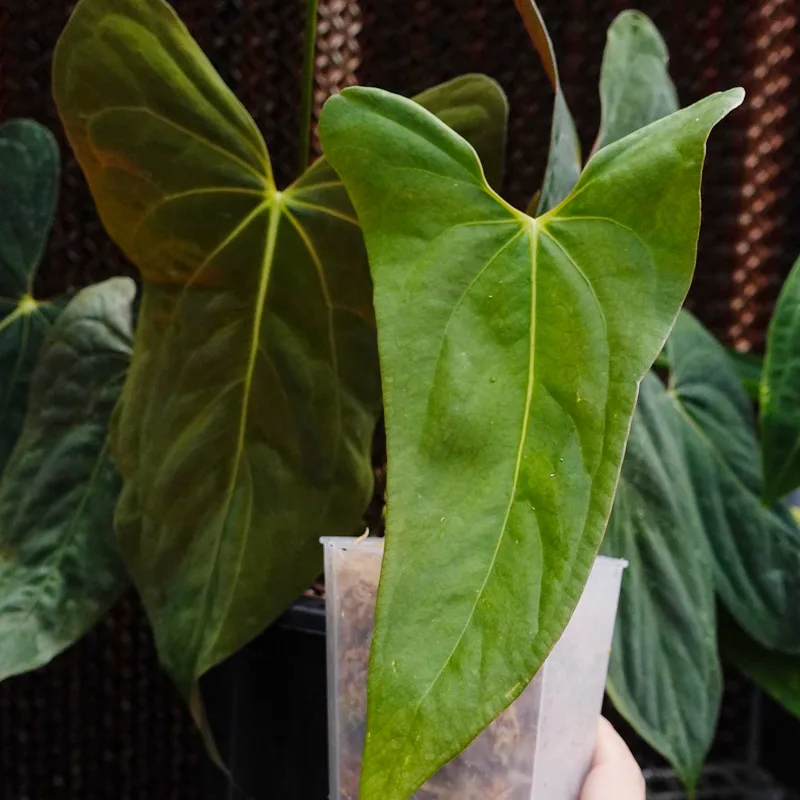
What is Clematis Vitalba?
Clematis vitalba, commonly known as Old Man’s Beard, is a deciduous climbing plant belonging to the buttercup family, Ranunculaceae. This perennial vine is native to Europe and parts of Asia, where it thrives in diverse habitats ranging from woodlands to rocky slopes.
391 Species in Genus Clematis
What is Clematis vitalba used for?
Clematis vitalba has a rich history of traditional uses dating back centuries. Its versatile properties have made it a valuable resource in various fields, including medicine, horticulture, and even folklore.
How is Clematis vitalba utilized in traditional medicine?
In traditional herbal medicine, various parts of Clematis vitalba are utilized for their medicinal properties. The plant’s bark, leaves, and flowers contain compounds believed to have therapeutic effects. Infusions or extracts derived from Clematis vitalba have been used to treat conditions such as rheumatism, arthritis, and joint pain. Additionally, it has been employed as a remedy for skin ailments like eczema and psoriasis.
How does Clematis vitalba contribute to horticulture?
Beyond its medicinal uses, Clematis vitalba is highly valued in horticulture for its ornamental appeal. Its profusion of fragrant white flowers, which bloom in late summer to early autumn, adds a touch of elegance to gardens and landscapes. As a vigorous climber, it can be trained to adorn walls, fences, and trellises, enhancing vertical spaces with its lush foliage and cascading blooms.
How to care for Clematis vitalba?
Caring for Clematis vitalba requires attention to its specific needs. This vine thrives in well-drained soil with ample sunlight exposure. Regular pruning helps maintain its shape and encourages robust growth. Providing adequate support for its climbing habit is essential, as is ensuring sufficient moisture, especially during dry periods.
How to propagate Clematis vitalba?
Propagating Clematis vitalba can be achieved through various methods, including seeds, cuttings, and layering. Collecting seeds from mature fruits and sowing them in a suitable growing medium is one approach. Alternatively, taking stem cuttings from healthy plants and rooting them in a moist substrate can yield new specimens. Layering, where a portion of the vine is buried in soil to promote root formation, is another effective technique for propagation.
What to plant with Clematis vitalba?
When selecting companion plants for Clematis vitalba, it’s essential to consider factors such as soil type, sunlight requirements, and aesthetic appeal. Pairing it with other climbing species like climbing roses or jasmine can create a stunning visual display, while planting low-growing perennials at its base can complement its vertical growth.
In conclusion, Clematis vitalba, with its ornamental beauty and medicinal properties, holds a special place in both gardens and herbal medicine cabinets. Whether adorning trellises with its cascading blooms or providing relief for various ailments, this versatile vine continues to captivate and serve humanity in myriad ways.
If i die, water my plants!



